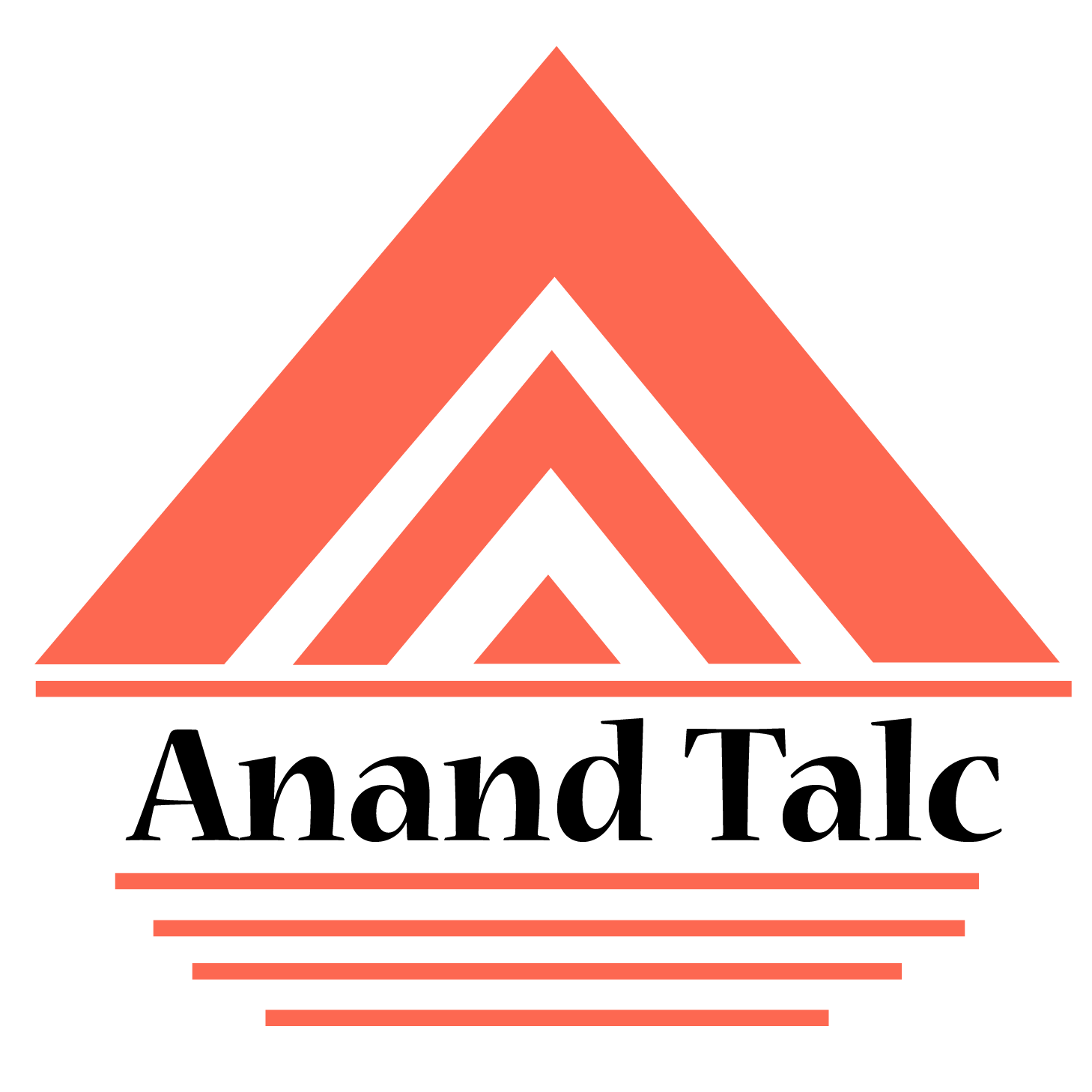
Quartz Powder Manufacturer, Supplier & Exporter in Rajasthan, India
WHAT IS IT?
Quartz is chemically silicon dioxide (SiO2) thus containing 46.74% Silicon and 53.26% oxygen by weight. It is the most abundant mineral on the Earth. It is found in almost every geological environment and also it is at least a component of almost every rock type.

MOLECULAR STRUCTURE
Quartz is a three dimensional network of silica tetrahedra.
Quartz is mostly crystalline in its arrangement though it may vary in the extent of crystallization. The macro-crystalline variety is the one in which the individual crystal is visible to the unaided eye. The other variety is micro-crystalline or cryptocrystalline, in which aggregates of crystals are visible only under high magnification. The transparent variety tends to be macro-crystalline and the cryptocrystalline varieties are either translucent or mostly opaque.
Note: The same molecular structure, if amorphous in arrangement is very different in properties and is thus termed as glass not quartz.

PROPERTIES
1.Tactile properties: It is rough and abrasive.
2.Visual properties:
- Color: It is clear in pure form.
- Lustre: It is vitreous, waxy and dull.
- Streak: It is white.
- Diaphaneity: It is transparent.
- Hardness: 7 mohs.
- Specific gravity: 2.65.
5.Affinity to oil: Quartz has low oil absorption capacity.
6.Heat properties:
- Coefficient of Thermal Expansion: 5.5×10 -7 cm/cm °C (20°C-320°C).
- Thermal Conductivity: 1.4 W/m . °C.
- Specific Heat: 670 J/kg . °C.
- Decomposition: M.P.
8.Combustion properties: It is non explosive and non inflammable.
9.Chemical properties: Strong reducing agents like carbon can convert it to silicon. Further, it reacts only with very strong acids. With strong alkalis it reacts to form silicates.
